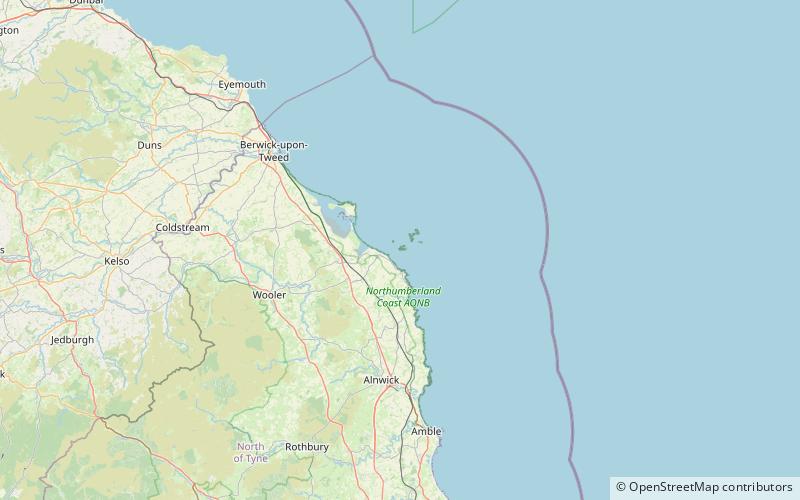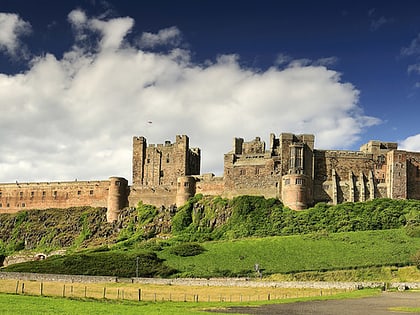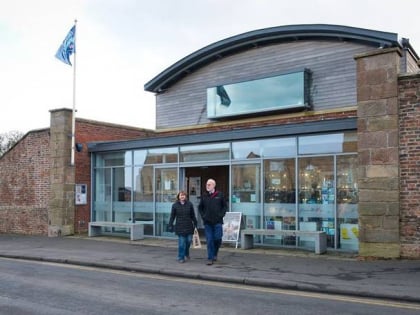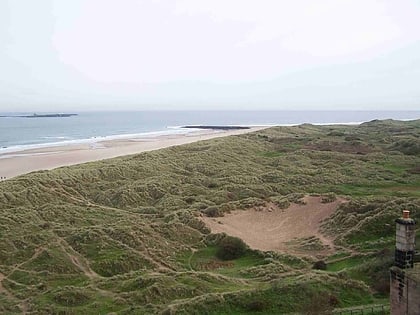Farne Lighthouse


Facts and practical information
Standing sentinel on the rocky outcrop of the Farne Islands, the Farne Lighthouse is a beacon of maritime history in the United Kingdom. This iconic lighthouse has been guiding seafarers through the treacherous waters of the North Sea since its establishment.
The Farne Lighthouse is not just a navigational aid; it is also a testament to the advancements in lighthouse technology over the centuries. Originally fueled by coal, the lighthouse has evolved, with its light source being updated to oil, gas, and finally to electricity, ensuring that its beam continues to be a reliable guide for vessels navigating near the Northumberland coastline.
Alongside its practical purpose, the Farne Lighthouse is enveloped in tales of heroism. The most notable is the story of Grace Darling, the lighthouse keeper's daughter, who became a Victorian heroine after she and her father rescued survivors from the wrecked SS Forfarshire in 1838.
Today, the Farne Lighthouse stands not only as a functional facility but also as a historical monument, attracting visitors who are interested in maritime history, engineering, and the natural beauty of the Farne Islands. The surrounding area is also a haven for wildlife, particularly seabirds and seals, making it a popular spot for nature enthusiasts.
England
Farne Lighthouse – popular in the area (distance from the attraction)
Nearby attractions include: Lindisfarne Castle, Bamburgh Lighthouse, Monument to Grace Darling, St Aidan's Church.










